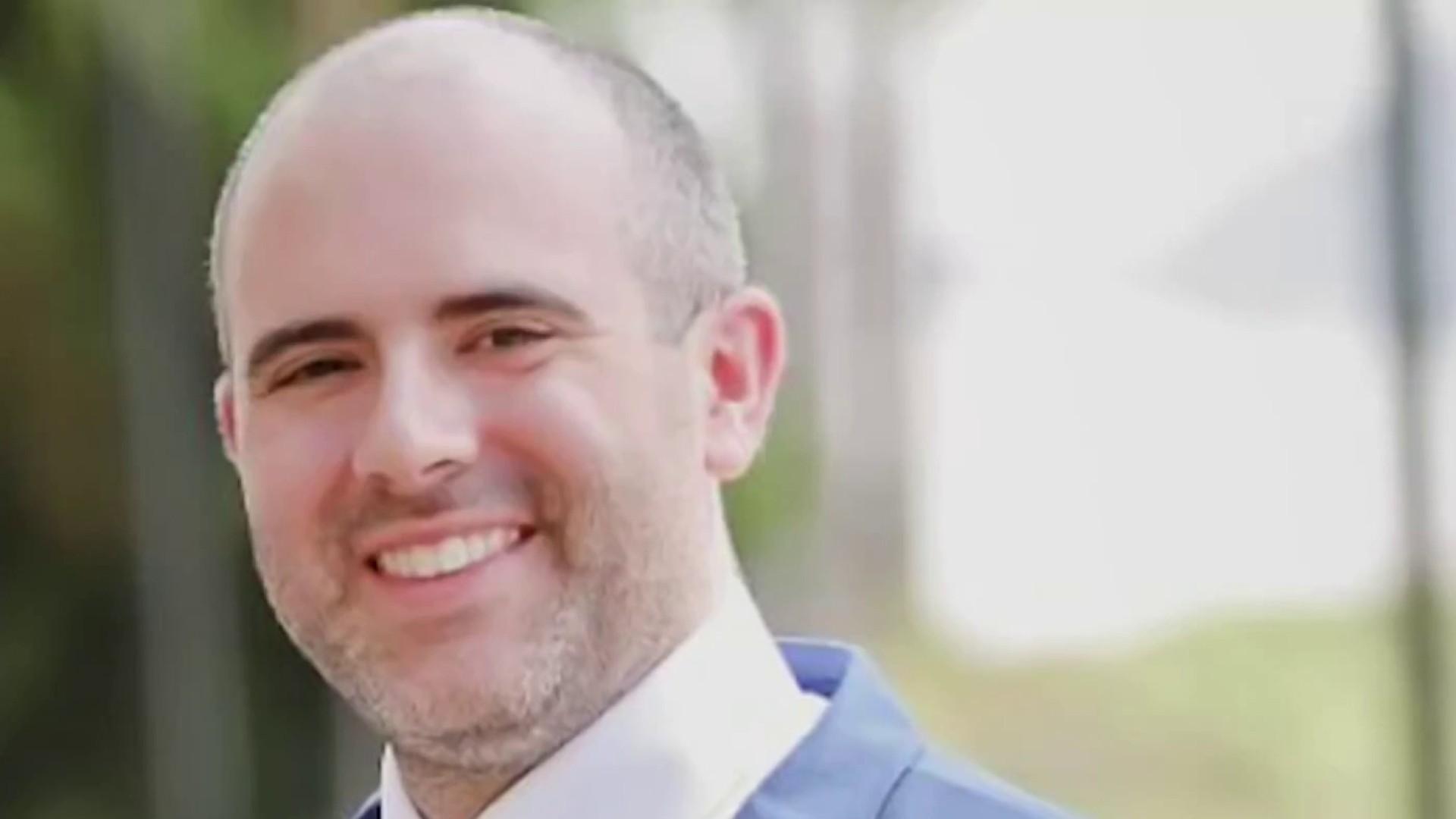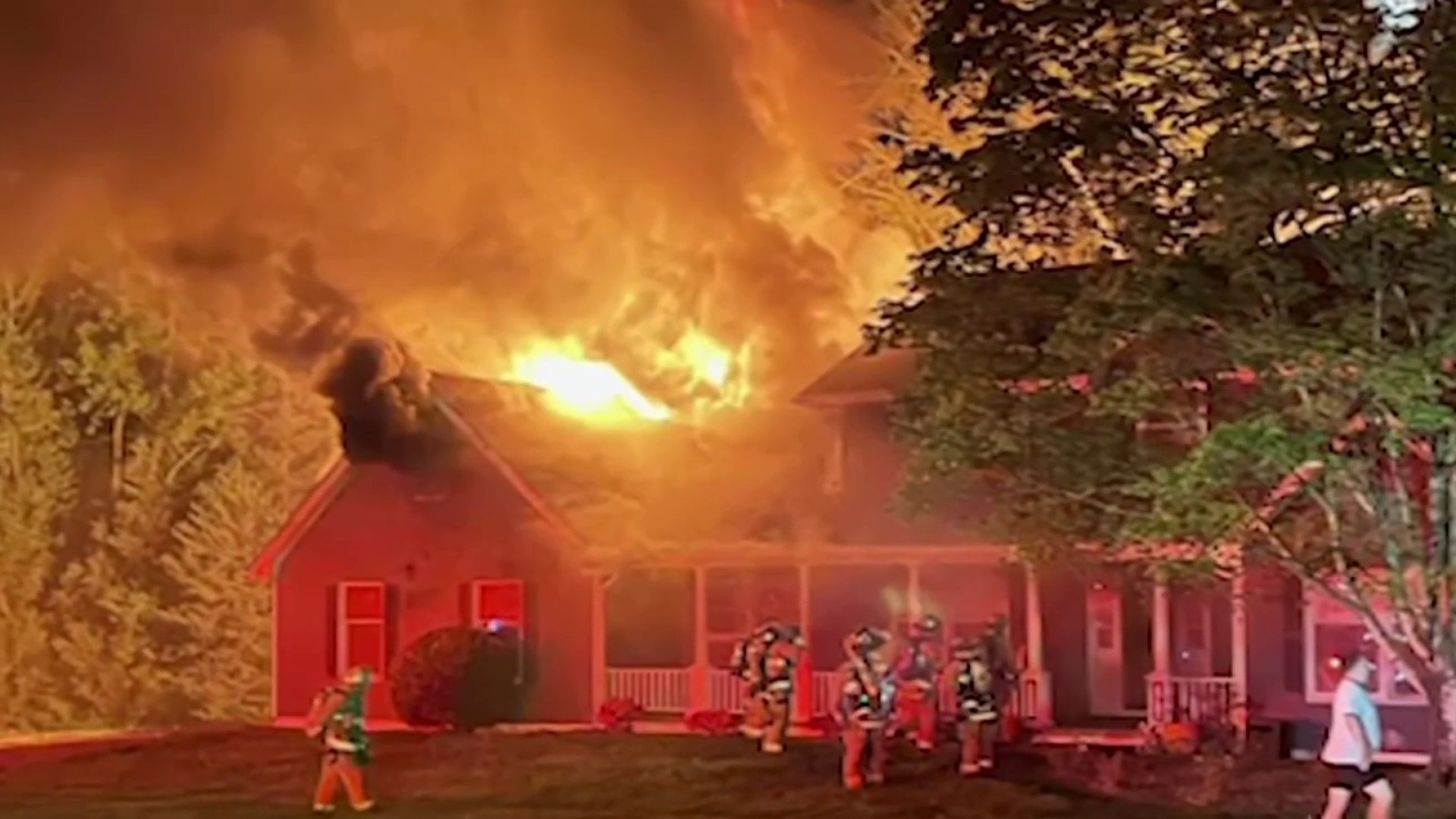As many as 130,000 D.C.-area students are in schools that don't have clear guidelines for how officers should interact with kids and teens on school grounds, according to a News4 I-Team and NBC News analysis of policing and arrests in school districts in the DMV and nationwide.
The most recent numbers available from the U.S. Department of Education showed 65,000 arrests in schools across the country during the 2013-2014 academic year, and a disproportionate amount of those arrests happened in Maryland.
Even though the state ranked 19th in school enrollment size compared to all other states, Maryland was 10th in the nation for the number of students arrested. Nationwide, the numbers also showed black students and students with disabilities were almost three times as likely to be arrested compared to their peers.
'311, Not 911'
Don Bridges heads the National Association of School Resource Officers (NASRO), which trains law enforcement officers to work in schools, and also serves as a school resource officer in Baltimore County. He told the I-Team escalating too many on-campus incidents to an arrest level is a problem.
"Most issues within the school are not 911, they're 311," Bridges said. "If there is something that is of a criminal nature that occurs within the school, we handle it, but that does not mean that has to lead to criminal charges."
Local
Washington, D.C., Maryland and Virginia local news, events and information
Education and justice activists have pointed to in-school arrests, expulsions, suspensions and other punitive actions in meting out school discipline as contributors to the "school-to-prison pipeline."
"We have to make sure that our officers understand that the way our schoolhouse is policed is far different from the strategies that you use on the street," Bridges said, adding that training police to serve as mentors and educators in schools is paramount to everyone's success.
Lack of Guidelines Can Be 'a Disaster'
School Resource Officer Steve Radtke said he received special training to work with students in Frederick County Public Schools.
"A majority of the time when there's an issue going on, you walk in, you deescalate the situation, and it goes through pretty easily," he said as the I-Team shadowed him on duty in February.
The district also has an agreement with the police department, known as a memorandum of understanding, or MOU. That document specifies when and how officers should respond to incidents on school grounds and makes clear school staff should always respond first to any violations of school policy.
"I've never had to put handcuffs on a student in a school setting," Radtke said, in between greeting students and teachers in the hallways of West Frederick Middle School. "There's so much intervention before that would even take place."
An MOU is key for any successful school resource officer program, Bridges said.
"That becomes your playbook that lays out specifically what the roles are," he said. "If you don't have that done appropriately, it is a disaster, and that is what you don't want."
Last fall, President Barack Obama's administration issued a memo to all school districts urging them to get those guidelines in place if they didn't already exist for their school resource officers.
The I-Team asked a dozen of the area's largest public school districts if they have MOU agreements in place with their local police departments. D.C., Montgomery County, Frederick County, Anne Arundel County, Baltimore County, Calvert County, Fairfax County, Loudoun County, Prince William County, Arlintgon County and Alexandria City all provided their MOUs.
Prince George's County Public Schools, which has a current enrollment of more than 130,000 students, did not provide an MOU. A PGCPS spokesperson told the I-Team: "PGCPS security staff is currently working with our PGPD partners to draft a formal Memorandum of Understanding to guide efforts moving forward, as is currently practiced with other school district partners. The MOU is expected to be complete this spring."
Focusing on Relationships
While Bridges and NASRO promote training and MOUs as crucial components of any school resource officer program, Bridges also stressed the importance of an officer's personal investment in getting to know students.
"Our title is 'school resource officer,' but it could very easily be 'school relationships officer,'" Bridges said. "Without a relationship [with students and staff], none of this works."
Officer Radtke agrees and said he's gotten to know a lot of students well during his five years with the force.
"When I'm mad or something and I go to the office, he's there to calm me down and everything," one eighth-grader at West Frederick Middle School said about her interactions with Radtke. "Seeing him, you feel protected."
"The kids don't see you as just an enforcer," Radtke said. "You're almost putting a hat on as a counselor, as a friend."
More Analysis
The News4 I-Team worked with NBC News and NBC-owned stations in crunching the numbers from the U.S. Department of Education on school discipline and arrests.
You can see more about how your state and district compare to others here.
If you have a school discipline issue you want the I-Team to look into, contact us by filling out this form.
Reported by Scott MacFarlane; produced by Ashley Brown, Ron Campbell and Rick Yarborough; shot and edited by Jeff Piper, with additional shooting by Steve Jones. Data visualization designed and developed by Nelson Hsu, Vaughn Hagerty, Nina Lin and Jessica Glazer.




